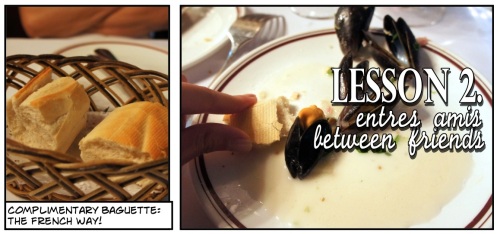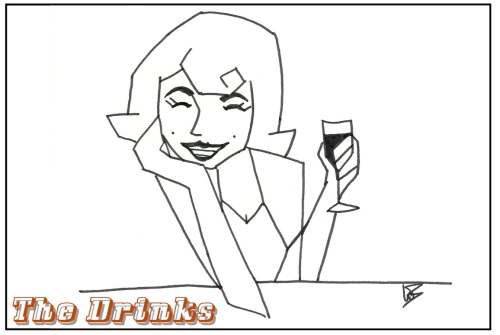
Part 1 – Memory Lane
Dear BBITES Readers,
After nearly five-and-a-half years of Bakker’s Bites, the time has come for me to bid farewell to the world of food blogging.
In 2011, I was still an undergraduate student here in Hong Kong, dreaming of being published as a “food critic”. The first step I took towards achieving that goal was starting a food blog – and thus, BBITES was born on February 5th, 2011. My first taste of being published came in March, 2012, when Foodie Magazine featured a column that I wrote. I was so excited I wrote a post about it: Foodie Magazine – March Guest Column!
 March, 2013, was the next important date in my food writing journey: my first restaurant review was published in Time Out Hong Kong – and my first feature story in Crave Magazine.
March, 2013, was the next important date in my food writing journey: my first restaurant review was published in Time Out Hong Kong – and my first feature story in Crave Magazine.
 Over the years, I’ve done reviews, travel stories and interviews on BBITES – and looking back, the posts I’m most proud of are my posts about the f&b industry in Hong Kong:
Over the years, I’ve done reviews, travel stories and interviews on BBITES – and looking back, the posts I’m most proud of are my posts about the f&b industry in Hong Kong:
- In the Shop @ N*ICE POPS interview w/ founder Eddie Chan
- Behind the Beer @ Hong Kong Beer Company a behind-the-scenes look at a HK brewery
- SOHOFAMA – The Bakker’s Bites Preview interview w/ founder Larry Tang
- Secrets of Food Photography interview w/ anonymous
- Coffee Culture @ Nespresso interview w/ Esther Sham
- Keeping It Real at Quinary interview w/ owner and mixologist Antonio Lai
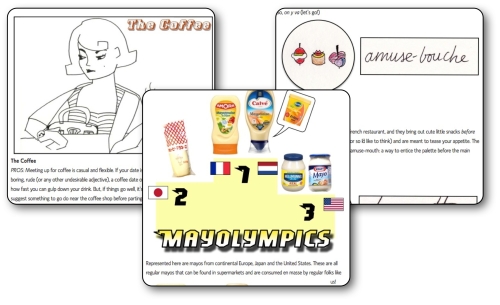 I also had fun sharing food facts and “philosophy” with you over the years:
I also had fun sharing food facts and “philosophy” with you over the years:
- For the Love of Mayo!
- Fun Food Fact: Ketchup
- How Your Friend Always Orders the Better Dish…
- The Date Dilemma
- Can I Have Another One?
- Français Facts !
 And last, but not least, a trip down memory lane for BBITES’ annual bday posts (oops, I didn’t do a post for birthday #5):
And last, but not least, a trip down memory lane for BBITES’ annual bday posts (oops, I didn’t do a post for birthday #5):
- Bakker’s Bites 1st Birthday!!!!
- Bakker’s Bites – 2nd Birthday!
- Bakker’s Bites – 3rd Birthday!
- Bakker’s Bites – 4th Birthday!
That brings me to the end of Part 1 – Memory Lane. Last week, I had the good fortune of being invited to a presentation and round-table discussion on the future of food, and that’s what I’ll turn to now for my final BBITES post in Part 2.
Part 2 – TRENDxCHANGE: Food Future
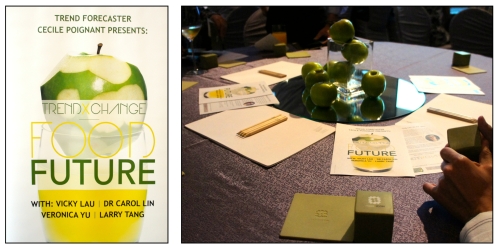
Last week, on Thursday, 21st July, I attended a presentation and round-table discussion led by French trend forecaster, Cecile Poignant. The title attached to this informative and interesting evening was “Food Future”, making it the perfect way to end Bakker’s Bites.
As it lasted two hours, I will limit myself to summarising the insights presented in Cecile’s keynote that struck me the most. After that, I will do the same with the answers given by four guests during a panel discussion.
PRESENTATION
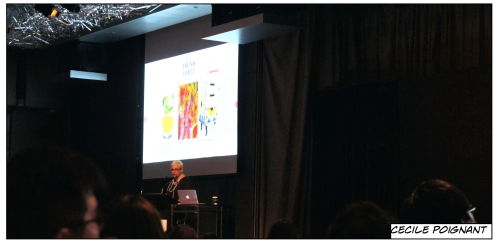 Cecile organised her presentation about food trends into four “stories”: Roots; Farming; Erotic; and Hybrid.
Cecile organised her presentation about food trends into four “stories”: Roots; Farming; Erotic; and Hybrid.
Roots
- In response to our constant use of flat-screen devices, there is a return to texture and sense of touch.
- Return to rustic aesthetics, and imperfection – with sophistication
- Idea of taking time to create do things (e.g. Slow Food Movement in Europe)
“If you want to have the nutrients from an apple in the 1950s, you have to eat a hundred apples of today. So, because we made the selection to have the best apple for transportation, not for taste; because we made the best apples for conservation and not for nutrition, a lot of the things we eat today are not very rich in [nutrients]” – Cecile Poignant
- Seasonal products and ways to conserve them for the rest of the year
- Minimalism – people will eat less, but more well-chosen
“One of trends we hear a lot about is that people want to get rid of meat. I’m not so sure about that. What I know is that people are going to be more conscious: people are going to eat less meat, but well-chosen – they will know where it comes from.” – Cecile Poignant
- Distancing from industrialisation – where everything is the same
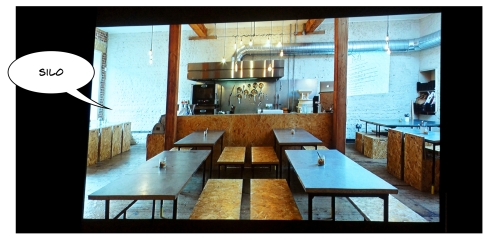
- SILO Restaurant (Brighton, U.K.) is the first zero-waste restaurant
- nothing thrown away
- locally grown ingredients
- furnishing/design elements all recycled
- Awareness about food waste; a third of all processed food is thrown away
Farming
 “I speak about farming, and I show you a photo of a city. This is not a mistake – it’s on purpose” – Cecile Poignant
“I speak about farming, and I show you a photo of a city. This is not a mistake – it’s on purpose” – Cecile Poignant
- 15 years from now: more than 60% of the world’s population will be living in cities
- Growing food in cities means less conservation and more sustainability
- Many chefs starting edible gardens on rooftops in urban areas
- 1 in 4 people eat food produced in cities
- Growing interest in green products, e.g. green tomatoes
- Translates into dishes: softer textures, more green
- Seaweed will become more important
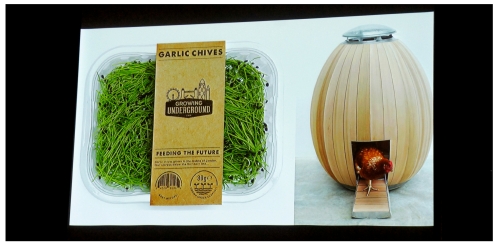
- “Growing Underground” in London
- business selling herbs grown in underground tunnel used as a bomb shelter in WWII.
- constant temperature and LED lights enable growth
- More people will raise their own chickens
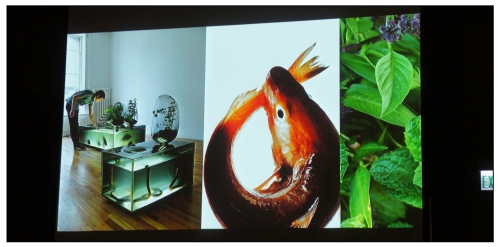
- Hydroponic systems, like this one (above) by French designer
- protoype / art project
- grow things at home
- uses symbiosis between plants and fish
Erotic
- Health is important, but so is the “forbidden”
- Relationship between food and eroticism
- Huge comeback of mushrooms
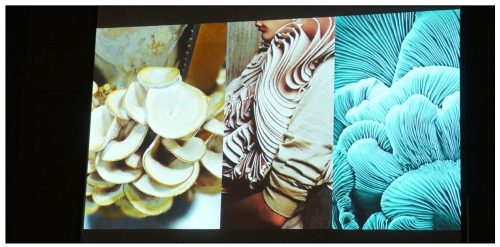 “Mushrooms will do a lot for the future of mankind. Not only for food: you can make packaging [with them]. It’s under the radar, but a lot of people are looking at developing mushrooms than can eat the plastic we are throwing away” – Cecile Poignant
“Mushrooms will do a lot for the future of mankind. Not only for food: you can make packaging [with them]. It’s under the radar, but a lot of people are looking at developing mushrooms than can eat the plastic we are throwing away” – Cecile Poignant
- Fascination with black products (e.g. squid ink pasta) – which rarely occur in nature
- also with burnt-out things, charcoal
- Synesthesia: senses working together
- Changing attitudes towards sugar
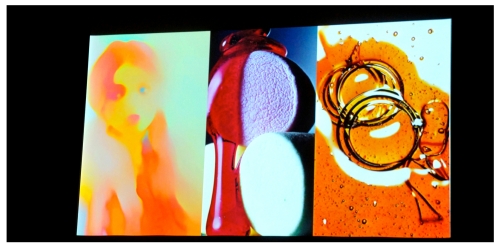 “It might possible that in the next five to ten years, sugar is going to be seen as the tobacco of the twenty-first century.” – Cecile Poignant
“It might possible that in the next five to ten years, sugar is going to be seen as the tobacco of the twenty-first century.” – Cecile Poignant
Hybrid
- “Food disruption” – reinvention of food
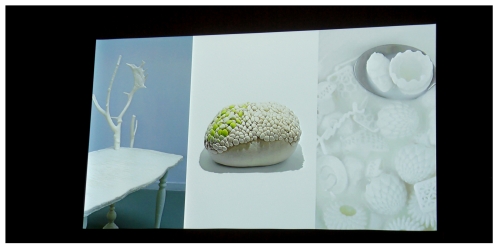
- 3D Printing; is in its infancy
“[3D printing] will change everything we know, every product we will touch. It’s going to change retail, the way we buy and share. It’s going to be huge. It’s going to change our lives in the same way that the internet has” – Cecile Poignant
- July 25th, 2016: first completely 3D restaurant to open in London: food, cutlery, plates will all be 3D-printed
“[3D printing] is not very fancy, precise or refined yet – but we have to keep an eye on it. The future is always there. We are living in the future, we don’t have to wait for it” – Cecile Poignant
- Nano-technology
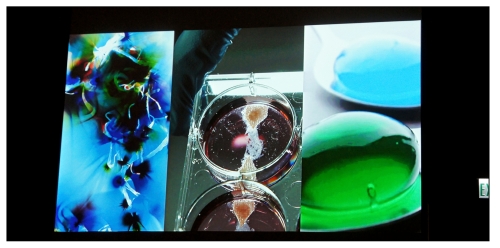
- Idea of “post-food”; growing meat in a petri dish
Last Word
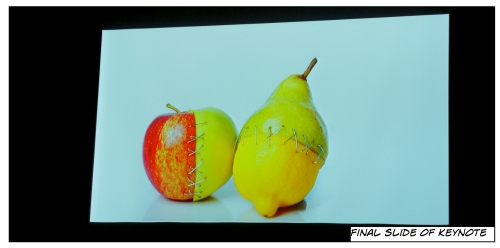 “From the beginning of humanity, we have always been trying to do things with our food: trying to find new species, create new varieties. This is not new. We love to invent things – we love tools and we love invention. The future can be very bright… it’s our responsibility to bring as much variety and possibility as possible.” – Cecile Poignant
“From the beginning of humanity, we have always been trying to do things with our food: trying to find new species, create new varieties. This is not new. We love to invent things – we love tools and we love invention. The future can be very bright… it’s our responsibility to bring as much variety and possibility as possible.” – Cecile Poignant
ROUND-TABLE DISCUSSION
 The second half of the evening was taken up by a round-table discussion with four guests:
The second half of the evening was taken up by a round-table discussion with four guests:
- Vicky Lau – Head Chef @ Tate Dining Room
- Dr. Carol Lin – Biochemist, Waste Conversion @ City University Hong Kong
- Veronica Yu – Eating Concept Designer; Founder @ Candied Fish
- Larry Tang – Founder @ Locofama, Sohofama, Supafood
The topics I found most intriguing were: food waste, millenials’ habits, mainstream adoption and China.
Food Waste
Cecile Poignant (CP): Do you think people are ready to find value in waste food, and invest money to produce goods with waste?
Dr. Carol Lin (DR): I think the current trend is to utilise waste… we have so much food waste in Hong Kong – 3,600 tonnes per day – so that’s a lot. We could utilise it more to produce high-value [PLA fibre] textiles. Especially expired food from supermarkets and left-over food from restaurants.
CP: Larry, how do you react to the idea of zero-waste restaurants? Do you think it’s a good idea as an entrepreneur?
LT: In terms of food wastage, restaurants actually don’t waste a lot… because the food cost is managed very tightly… For us it was never a problem, we were quite creative in trying to use kitchen leftovers: we adopt homeless dogs, so we use it to feed the dogs. We are just starting now to try and be more sustainable; the leaders in Hong Kong, I think, are Mana and Grassroots Pantry. We’ve formed a group called “Hong Kong Zero-Waste Restaurant Alliance”. If you want more restaurants to embrace that movement, they need to see the benefit of it…as a revenue-generating initiative.
DR: The trend for utilising food waste to produce high-value PLA products has been a popular research topic in Europe for over ten years. In Hong Kong, we don’t have a lot of crops – but we do have a lot of food waste. So, I do think this idea could be implemented [well] in Hong Kong.
CP: What is the next step?
DR: I feel that apart from making textiles, this process could be used to make other products like plates, or chairs. We need input from various sectors: industry, entrepreneurs, business and policy makers to try to collaborate. Most importantly, we need the scientists and engineers to try and make this possible.
Millenials
CP: We know that millenials are very interested in food. Veronica, do you notice anything specific about this generation in their relationship with food? Are they more interested in where the food comes from and how it was done?
Veronica Yu (VY): I think locally, and for younger people in cities, food is more of a social activity. It’s about the look or textures that look good on Instagram, or are facebook-worthy. People who are looking more for organic food are people that are starting a family, or where there’s illness in the family and they want to rethink their diet.
Mainstream Adoption
Audience Question: I have a feeling the [consumers] that are represented in the points [that have been made so far] come from a very specific group of people at a high-income level. I wonder, what’s your stance on trends and changes in the mainstream area, such as dining chains?
CP: The big companies are moving a lot. They’re not doing business as usual [anymore]. For instance, if you go into a Starbucks here, it’s absolutely not the same as in Paris, London or New York. Larry, what do you think?
LT: We want to raise awareness with our restaurants. We don’t want to serve the 1% of people who are already healthy. We want to convert more people who don’t [eat healthy]… we want to get them to change. We will always try to find ways to do it – we’ve spoken with different groups and chains and [have learned that] if the margin is there, they’re willing to do it.
China
Audience Question: I think the next decade will belong to China in exporting new ideas and traditions. In your view… how will China affect how the rest of the world will eat?
LT: I honestly don’t see China leading food innovation in the near future. A lot of [what China is doing] is more on the cosmetic / gimmicky side. For us, presenting a good meal comes from the source… I don’t see a lot of independent farmers being successful [in China] because there’s a lot of pollution, and farming practice is all over the place. Also, we’ve found that not all mainland visitors to [our Chinese restaurant, Sohofama], understand contemporary organic Chinese – they would prefer to try Western food.
 CP: Yes, it maybe needs more time. There’s a problem of sourcing, and of maturity [of the market]. I think that the negative connotation of ‘Made in China’ will disappear – with time. We must remember that we are talking about long-term trends…
CP: Yes, it maybe needs more time. There’s a problem of sourcing, and of maturity [of the market]. I think that the negative connotation of ‘Made in China’ will disappear – with time. We must remember that we are talking about long-term trends…
***
There you have it, friends and readers, the future of food – and the end of my journey with Bakker’s Bites.
Thank you for biting along with me all of these years. If you’re wondering what creative project I’m diving into next, check out this link: surprise!
For the last time,
Bakker x


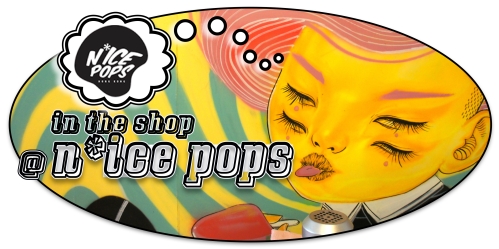




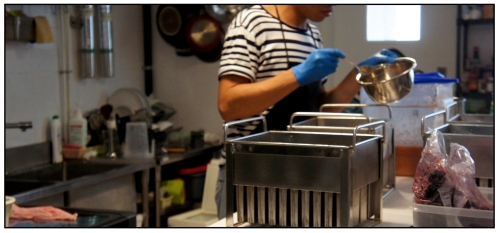
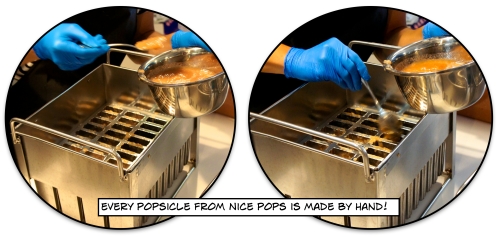
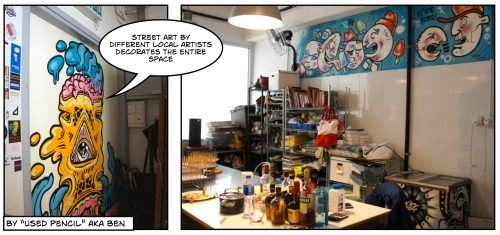


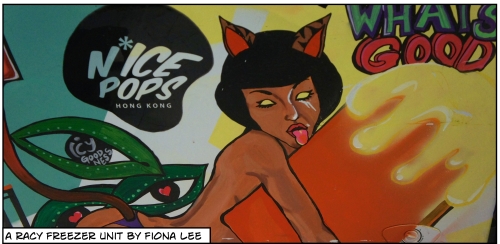

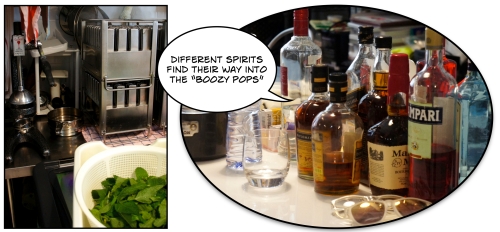

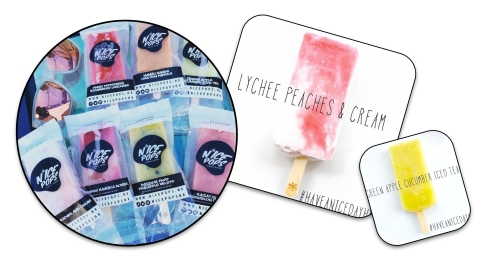
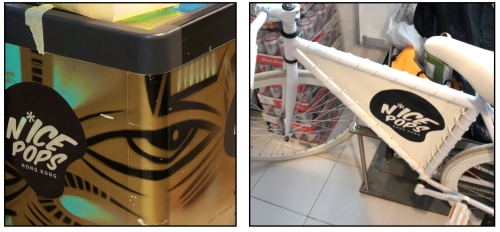


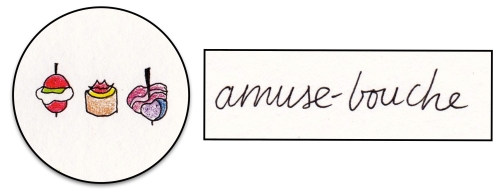



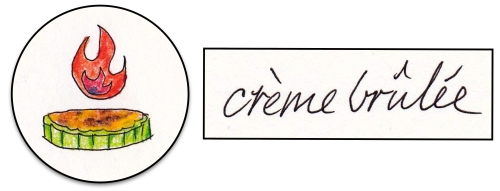
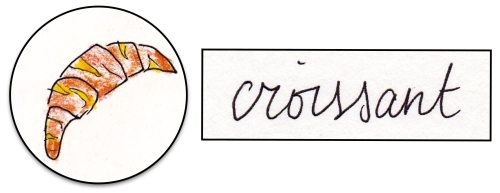
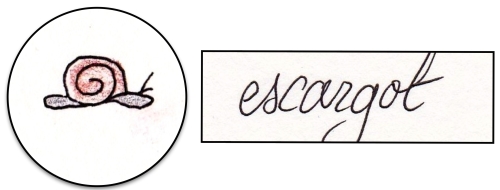


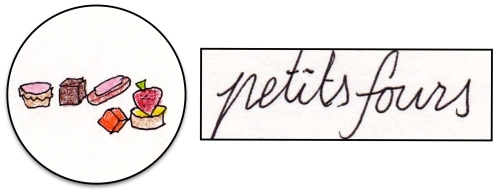
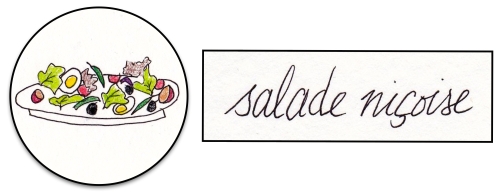



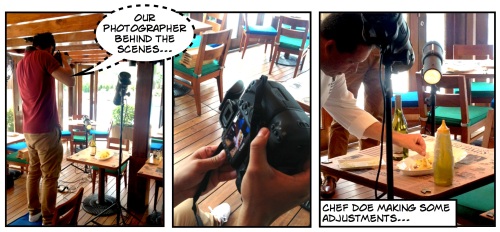


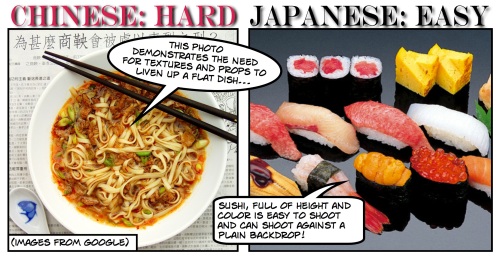
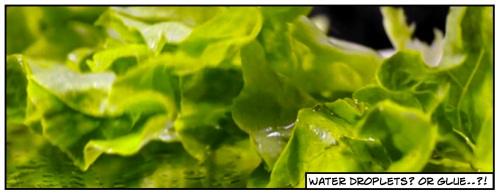
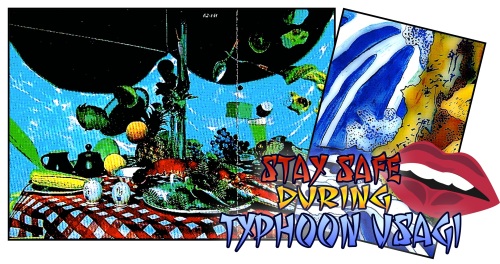

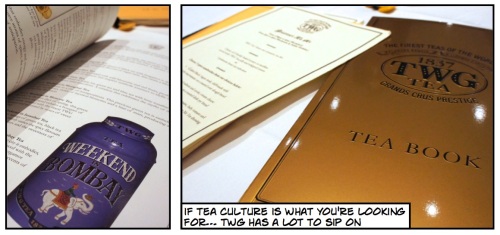


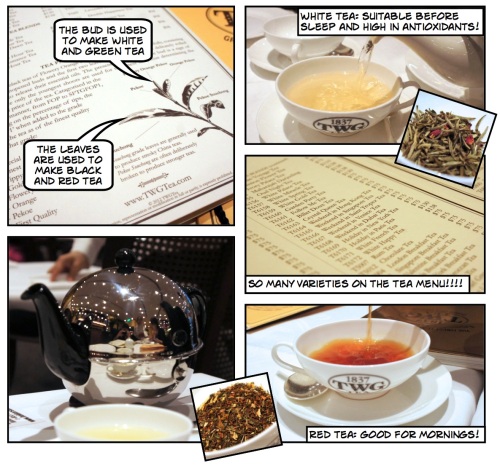
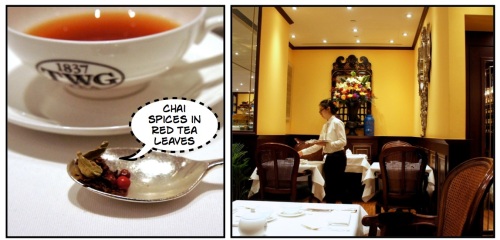

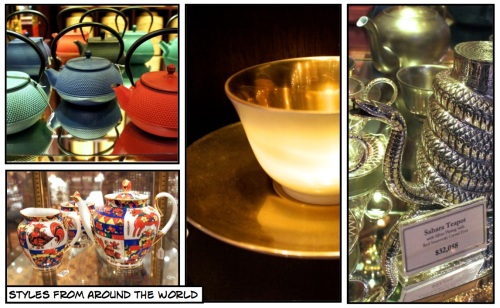

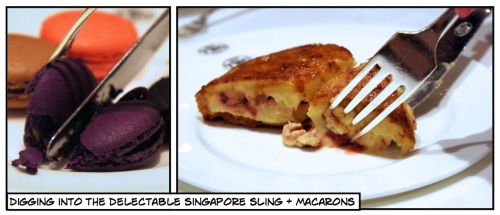













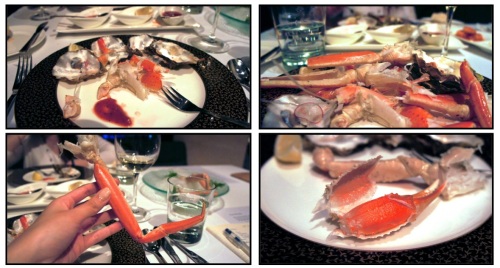




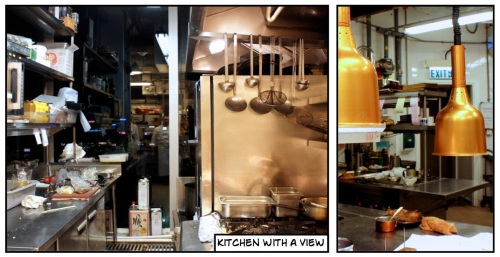
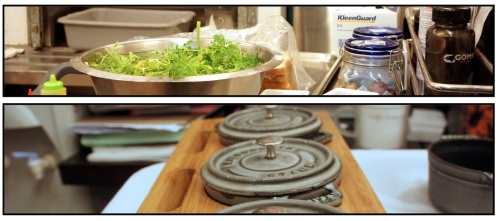
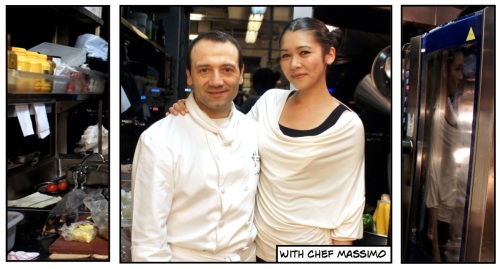

 This past Sunday I tried one of the more traditional ones – La Fleur in Wan Chai – with my Dad and some family friends.
This past Sunday I tried one of the more traditional ones – La Fleur in Wan Chai – with my Dad and some family friends.
 At La Fleur you can BYOB (bring your own booze), which we did… before moving on to food.
At La Fleur you can BYOB (bring your own booze), which we did… before moving on to food.